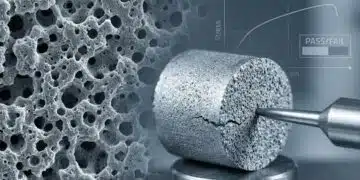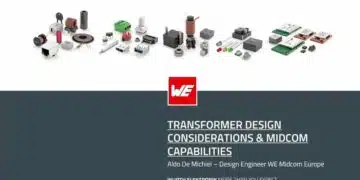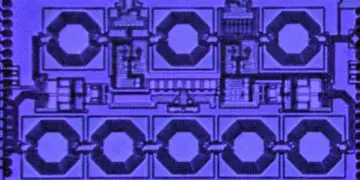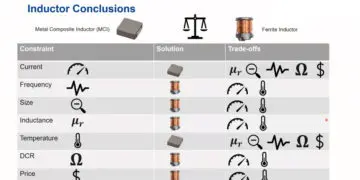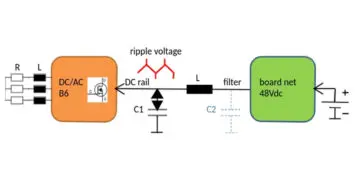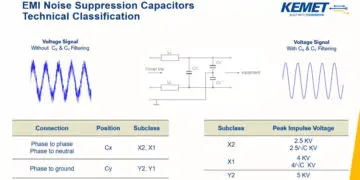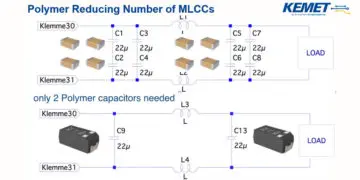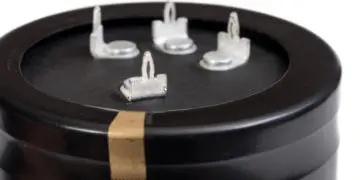e-PassiveBlog
Single On-chip Circulator May Boost Wireless Speed and Quantum Computing
Columbia engineers first to build high-performance non-reciprocal circulator devices on a compact chip, paving the way for applications from two-way...
Read moreDetailsKEMET Webinar | The Keys to Choosing Passive Components For Your DC/DC Converters
The work designing in a DC/DC regulator to power electronic systems doesn’t stop with your choice of switcher. All that...
Read moreDetailsHow to Measure ESL and ESR of a DC link capacitor
DC-link capacitors are an essential stage in power conversion for many applications, including three-phase pulse width modulation (PWM) inverters, photovoltaic...
Read moreDetailsKEMET Webinar | An Open Discussion On Metal Composite Power Inductors
In this interview-style live webinar, KEMET's Michael Freitag (MSA Director) and Alexander Nebel (Field Application Engineer) discuss the various automotive...
Read moreDetailsElectric Drives EMC Noise Reduction
EMC noise is a common issue related to use of electrical drives. The following article published by Electronics Weekly written...
Read moreDetailsKEMET Webinar | EMI Filtering – EMC: Capacitors for Suppressing EMI
Electromagnetic interference and EMI filtering is a challenge in most electrical systems. Without properly accounting for and mitigating such electrical...
Read moreDetailsDecoding The DC-Link Capacitors | KEMET Webinar
DC-Link capacitors are often used but somewhat poorly understood components of AC systems and inverters. In this webinar, Pranjal Srivastava,...
Read moreDetailsKEMET Webinar | High Reliability: Tantalum Capacitors on the Front Lines of Defense
High reliability and defense have been at the forefront of KEMET’s identity nearly since our inception. In this webinar, join...
Read moreDetailsKEMET Webinar | Tight MLCC Time? Polymer Can Come To The Rescue
While there is no perfect capacitor for all conditions, polymer capacitors can server as suitable and sometimes even beneficial alternatives...
Read moreDetailsIntroduction of Press-Fit Assembly on Aluminum Electrolytic Capacitors
Can Press-Fit capacitors still deliver the necessary robustness and electrical connection? Read quick overview by Wilmer Companioni, Kemet Technical Marketing...
Read moreDetails







